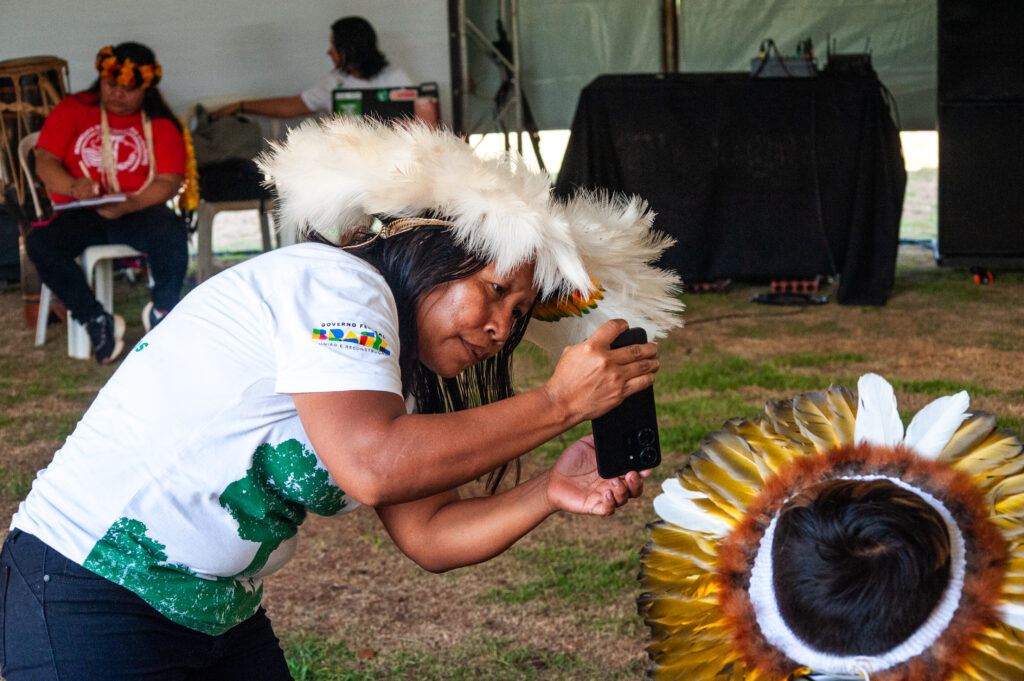The Indigenous Erikpatsa receive the 11th Festival of the Juruena Live to celebrate the culture, people, and initiatives that add value to the standing forest
With the theme, “The world is beginning to my territory, takes care of”! the meeting also discussed climate justice, water governance, and the dangers of mining in the valley of Juruena (MT).
A paradise in peril! On the edge of the Juruena river, four children, having fun, fighting battles and epic ball-made-of-sand. Between the laughter and the banter, the fun lasts for hours. Just A few yards away, in the centre of the Village in a Curve, in the Land of the Indigenous (IT) Erikpatsa in Brasnorte (MT), there are discussions in order to protect the way of life of these children, and to all that dwelt in the basin of the rio Juruena.
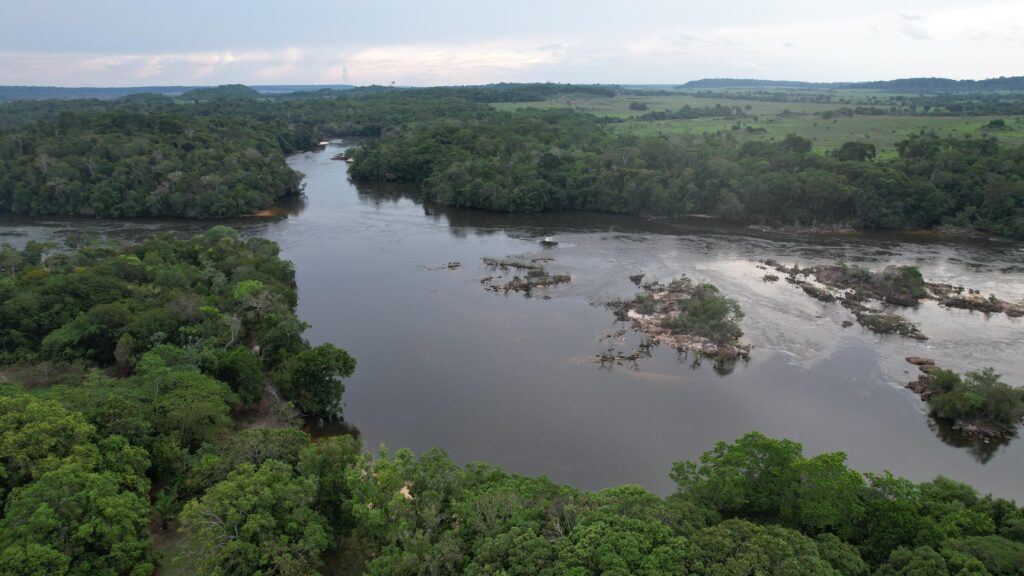
With the theme, “The world is beginning to my territory, takes care of”! the 11th Festival of the Juruena I Live it was made from the 8th to the 10th of November, 2024, and has brought the guests who made it to the 200 participants to reflect on the role of each party in order to protect the planet.
Among the guests was a Junior, the Yanomami. The young woman made a report is loaded from the pain, and it came in sharp contrast with the image of children laughing and playing in the waters of the rio Juruena. Junior came from a far-off lands, out of IT Save that it extends through the states of Roraima and Amazonas state, and offered the grim reality of his people, the invasion of the territory by the gold miners, which, in addition to destroying the nature that has stolen the children of the boys and the girls, leaving them to an uncertain future.
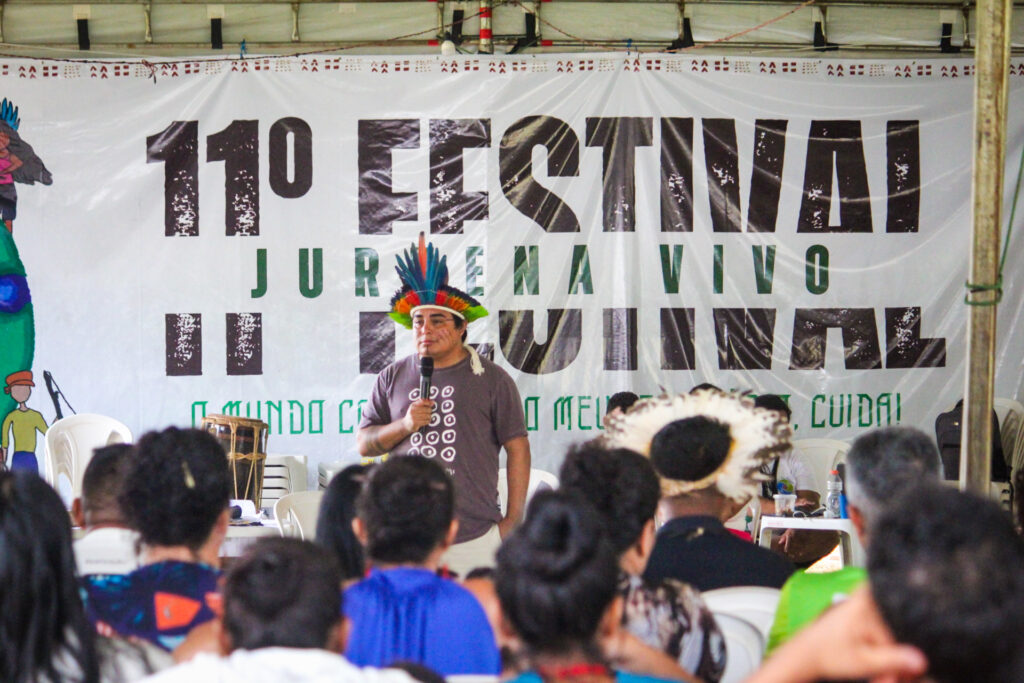
“More than 90% of the rivers are polluted with mercury, and we have no water. Many of the children have died. If you do not have the invasion, the kids would be playing with. I took it and I looked for many of the bodies of the children. And of these children, died as a result of the contamination, and then I had to take it, and deliver it to the families of these bodies. And when are you going to rescue someone, you have to choose who you are going, because you are the only fit ten of the aircraft. Even contaminated, we take the water of this river, and that is why you must protect this river. Water is life,” said the young man.
In each sentence, and the concern on the face of a Junior, he was notable: that is the tragedy of what happens in their territory, you could be repeated in other communities. With digital, Junior, was the plenary session in the battle of the Save for the survival, to the land, explored, and the rivers are contaminated.
The journey of a young man started on his territory, but now it’s all over the country and all over the world, so that no one can forget the battle of the Save and it will help you to protect yourself on your home. “I don’t have to study, but I have learned to read, to convey the voice of my people.’ I had to learn how to defend himself. If the government doesn’t want us to hear, and I have to go to the media, society, and the shouting that you’re leaving us to die,” he said in Portuguese.
Data from the Ministry of Indigenous Peoples ‘ (MPI) showed that only in the year 2022, died in 99 children to Save with at least 5 years, and in the majority of cases, due to malnutrition, pneumonia, and diarrhea.
After the speech of the young man, the Yanomami, the elders of the people Despite that and the Enawene Nawe stressed the importance of protecting their territories from the threat of the gold rush, and expressed the urgency of taking care of the territory and for future generations. The plenum also decided that it was built on a letter in support of the battle of the Save.
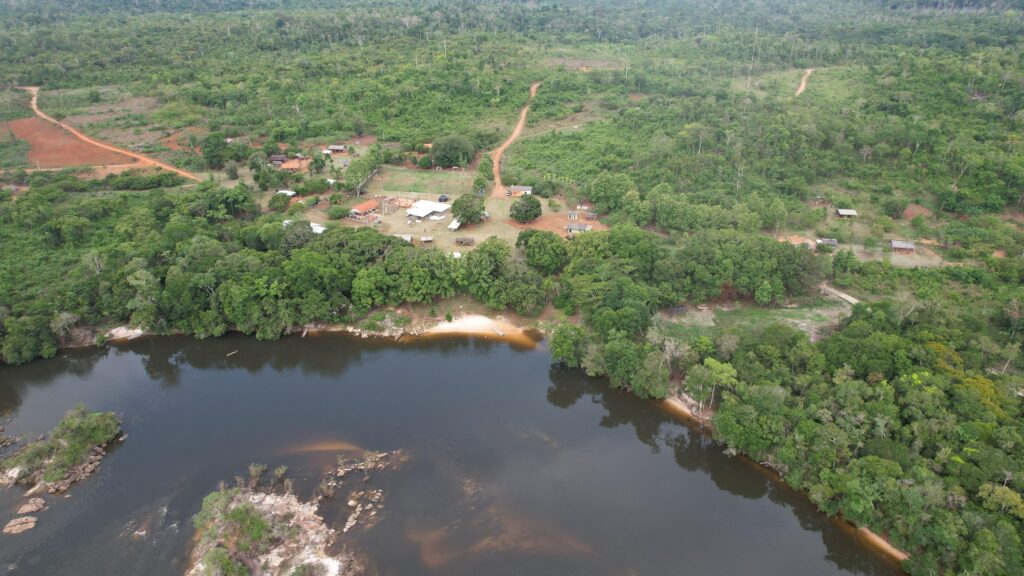
In addition to mining, and the other risk was highlighted in the festival of the units. On the table, “in The context of the activities of prospecting and mining in the Tapajós region, the indigenous peoples of the Operation in the Amazon’s Native (OPAN), and engineer of the fishing, Ricardo Carvalho, said that up to January 31, 2024, have been identified in 180 hydroelectric projects in the valley of Juruena rivers.
About 46% of these projects correspond to the hydropower plants (CGHs), while 40 per cent are small-scale hydroelectric plants (Shps). The large-scale projects (Hpps) accounted for 14% of the total, according to Richard.
All the data are part of the “Bulletin of the Pressures and Threats to Indigenous Lands within the Watershed of the Rio Juruena”, which provides information about planning for the energy and mining in the region and to identify their potential impact on the lives of indigenous peoples, traditional communities, and other groups who live in the basin of the rio Juruena.
“We are already suffering from it, but our children and our grandchildren are going to suffer even more if nothing is done about it. River will dry up. We have to keep talking about what we want in the forest, in the foot,” said the young man Piani Kayabi.
The victories, shared
The emotion took possession of the plenary session, at various times during the cannes film festival. In particular, when it was announced that the victory of the Network, Juruena, Alive, with the dismissal of the environmental license for the belo monte hydroelectric PLANT in brazil nut with the Secretary of State for Environment in the state of Mato Grosso (SEMA-MT), and on the 18th of march this year.
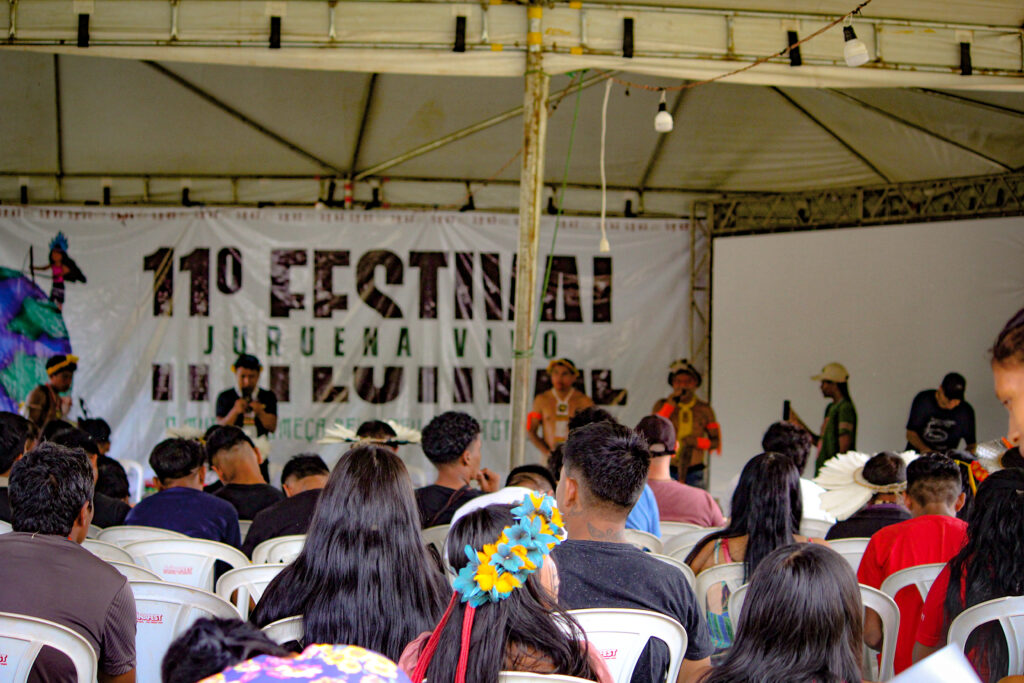
After more than a decade, social movements, resistance and the WEEK has put an end to the licensing of the environment. In the expert opinion of the department, which said the filing was filed one day after the office of the Public Defender of the Union (DPU), and the Federal Public Ministry (MPF) filed a Public Civil Action (PCA), asking for the suspension, and the federalization of licensing.
The Indian land is recognised
The signing of the executive order declaring the Land to the Indigenous Apiaká in the state, and are Isolated by the minister Ricardo Lewandowski, the Ministry of Justice and Public Security (MJSP), which is recognized in the area of 982 million hectares as part of the territory of the people of the Apiaká, it was another moment of celebration.
The leaders of the Apiaká noted that this victory is the result of a long struggle, and the parents should come together and support the recognition of the territory of the Kajkwakratxi-Tapayuna, who were forced to leave their traditional land between the rio Arinos, and the Blood, which is part of the watershed of the Juruena rivers.

Over the course of three days, and the threats to the rainforest, and the emergence on the global climate have been the main themes of the discussions. The trade Fair for Logistics, which showed the richness of what is being produced in the territories, it became a space for the exchange of knowledge and experience.
The artistic performances, a shout out to the strength and the strengthening of the ties between the parties. On the evening of the last day, [10] and the men’s Enawene Nawe dance, but it is the other people that were approaching them, and at the end of the stage, it was taken over by a large circle, which he showed to the diversity and richness of the Festival of the Juruena-Alive.
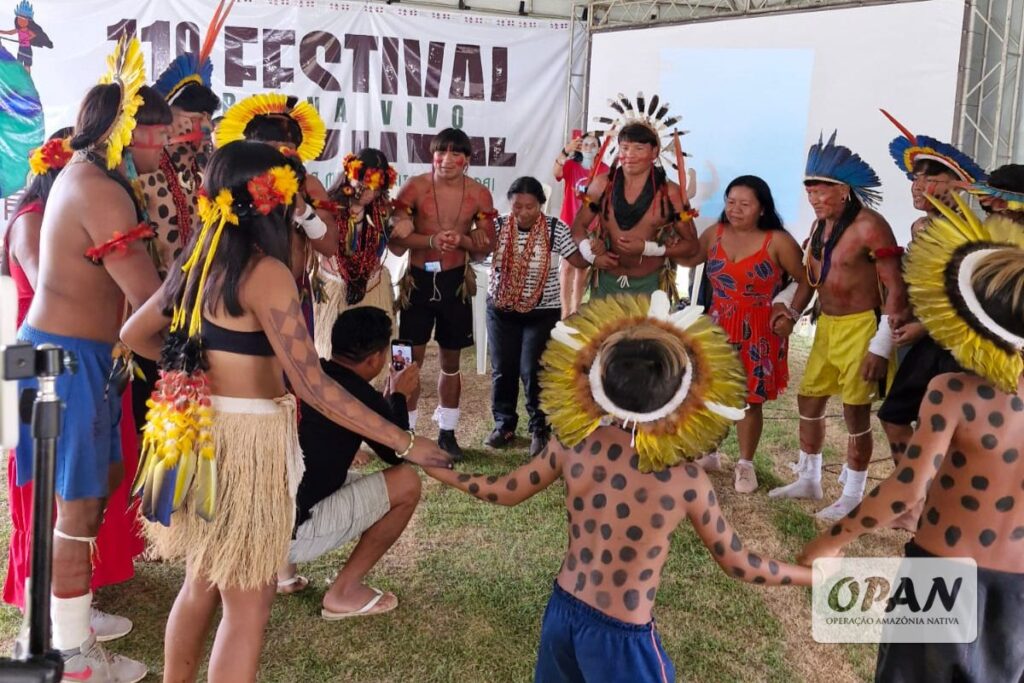
This year the event was held with the participation of the indigenous peoples, Myky, Manoki, Haliti, Nambikwara, the Availability of the Apiaká, the Munduruku, Kawaiwete, Kajkwakratxi-Tapayuna, Save, Enawene Nawe, Balatiponé-Umutina, and Despite that. In addition to the representatives of the people in the field: the Pastoral Land Commission (CPT), an Association of Html and the Producers of Cotriguaçu, the Association of Rural Quarry), an Association of the Residents and Visitors of the Fontanillas, and Palmital.
They were present, also, by civil society organizations and social movements that are part of the Network: OPAN, the Indigenous Missionary Council (CIMI), Instituto Centro de Vida (ICV), the Movement of those Affected by Dams (MAB), the Covenant of the Waters, and the Home of the Cult san Sebastian, the Movement of the Tapajós river Alive, the Tapajós river, in Fact the Movement for the independence of the Mining sector.
The power of communication
The Festival of the Juruena Live, in addition to being a beacon of hope to the basin of the rio Juruena, it is also a school for the communication of the network. This year, the 21 young people came together to produce content that is echoed to the voice of the forest.
Each of the images, videos, and password registered to strengthen the struggle for a fairer and more sustainable future for the basin of the rio Juruena, and it also contributes to the personal development of each and every one of your radios, you are going to be using those skills on behalf of their lands and territories.
